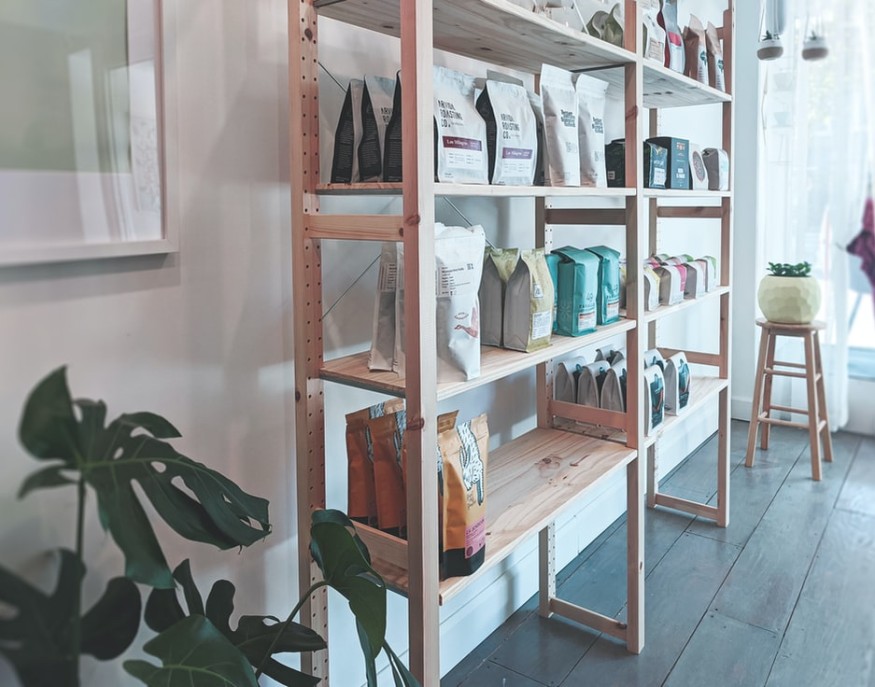A team of Biotechnologists from the Dutch TU Delft (Delft University of Technology) created an artificial chromosome in a yeast cell. The synthetic chromosome will cause a series of complex reactions that will enable yeast cells to become living factories. The yeasts will then start sustainably producing useful medicinal chemicals.

Yeast shelf
Scientists worldwide are developing microorganisms (i.e., yeast cells) cellular reconstruction projects that will make them produce beneficial substances. They are modifying present existing genetic materials in the cells by inserting gene strands in the yeast genome.
After the genetic materials interact with the host genome, the yeast will then start producing the substances they desire.
However, as with all complex genetic bioengineering procedures, this is easier said than done. According to the TU Delft press statement, biochemists have to make each modification step by step with utmost accuracy and precision. All these had to be ensured for the best results.
The downfall of having many complicated steps is that numerous steps can lead to possible mutations that can disrupt the natural functions of a yeast. For example, a certain mutation can lead to a significantly slower yeast growth rate.
"Like Putting LEGO Bricks Together"
The mentioned complications were not encountered in the initial parts of the project. Especially during the phase when they used critical chromosome. It involves adding genes.
However, the main difference was they were not altering the cell's existing functions in the preliminary trials.
Scientists working on the project have inserted many tiny genetic materials into the cell. Whereby one end of a strand was precisely identical to that of the next strand. Yeast cells recognize those similar ends and then snap them together to "fix" them. This is how the cell itself builds one large chromosome from dozens of individual fragments.
They compared the process to putting little plastic Lego blocks together.
"We see our synthetic chromosome as a platform," says Ph.D. researcher Eline Postma. "It's a new way of safely and modularly adding functions to baker's yeast-a bit like putting LEGO bricks together."
How did they make it work?
For the scientists, the challenge was ensuring that the cell would accept the new chromosomes naturally.
To solve that problem, they added an extra DNA material.
The solution resulted in a microscopic transformation. During the cellular division, one copy ended up in the mother cell while another was in the daughter cell. That simulated what happened to natural chromosomes.
They were able to come up with that solution by figuring out which elements the cell needed.
By adding all sorts of properties to these artificial chromosomes, plain baker's yeast can be transformed into a kind of mini-factory that can produce all manner of substances. For example, the researchers added the properties of a medicinal plant to yeast cells. The modified yeast cell then actually had the active ingredient. Although it must be said that the quantity was still minimal.
Despite the criticisms, the researchers are sure that their project opens doors for sustainable medicine production. "In theory, we can sustainably produce many of the substances we currently make chemically by using yeast,"
For more news updates about the world of microscopic biology, don't forget to follow Nature World News
© 2026 NatureWorldNews.com All rights reserved. Do not reproduce without permission.





